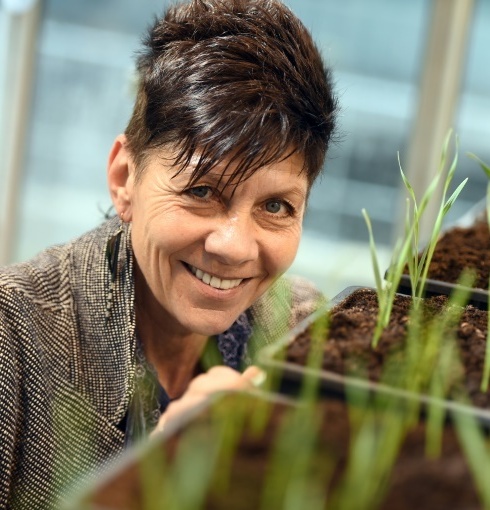‘Resurrection plants’ offer hope as climate turns hostile
As the race to adapt to climate change quickens, a South African scientist is leading global research into developing crops that mimic the extraordinary survival skills of “resurrection plants”. Jill Farrant, a professor of molecular and cell biology at the University of Cape Town, hopes that unlocking the genetic codes of drought-tolerant plants could help farmers toiling in increasingly hot and dry conditions. With more than 130 known varieties in the world, resurrection plants are a unique group of flora that can survive extreme water shortages for years. Farrant has recently focused her research on teff, a grass native to Ethiopia whose seed has been used as a stable food in the region for centuries.
Farmers are becoming more and more dispirited, and droughts are killing them.
Jill Farrant, a professor of molecular and cell biology at the University of Cape Town
During a drought, the plant acts like a seed, becoming so dry it appears dead. But when the skies finally open and the rain pours down, the shrivelled plant bursts “back to life”, turning green and robust in just a few hours. Perhaps the most well-known resurrection plant is Myrothamnus flabellifolius, which makes antioxidant chemicals to protect it during dry spells and is used in fashion designer Giorgio Armani’s cosmetics line. Experts warn that drought-tolerant crops are not a one-stop solution to the world’s climate problems or even a safeguard against hunger.
If we get the money, I would say in 10 to 15 years we’ve got a product.
Jill Farrant

Science resurrection plants